The intriguing 8 Bleeding Heart Yard in London began with the goal of optimizing the size of a commercial development. On behalf of its client, Seaforth Land, who wanted to create a hybrid office and commercial building, the Amin Taha–led studio Groupwork convinced the local planning authority that a bland 1960s office building, in a jewelry district, could be expanded to better fill its lot. To accomplish this, the London-based architects used a historical survey of the site and surrounding buildings, undertaken in 1968 before many were demolished, to show that the previous architecture occupied larger footprints and extended to greater heights. Groupwork also demonstrated how they would preserve and enlarge the existing building.
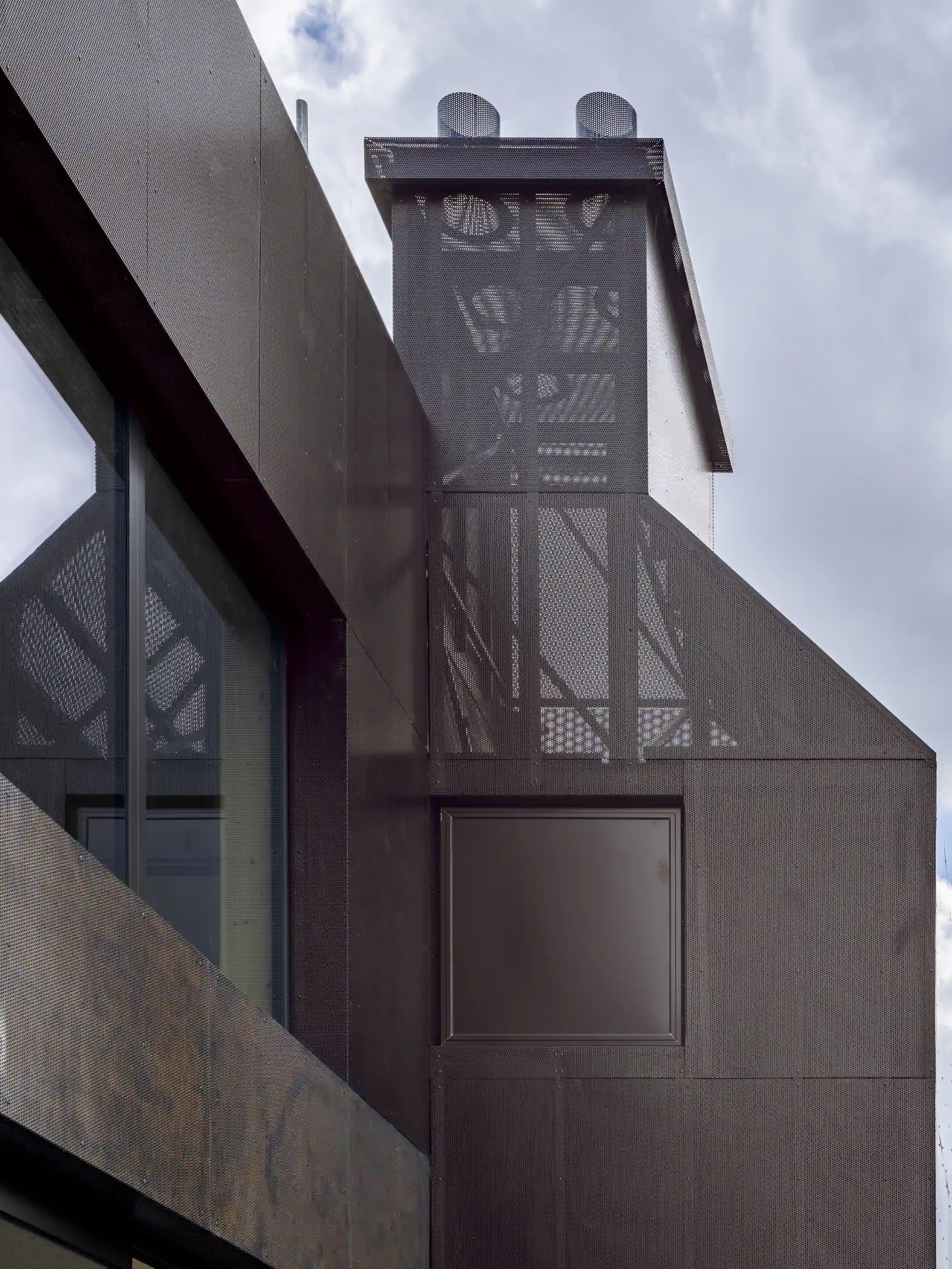
1
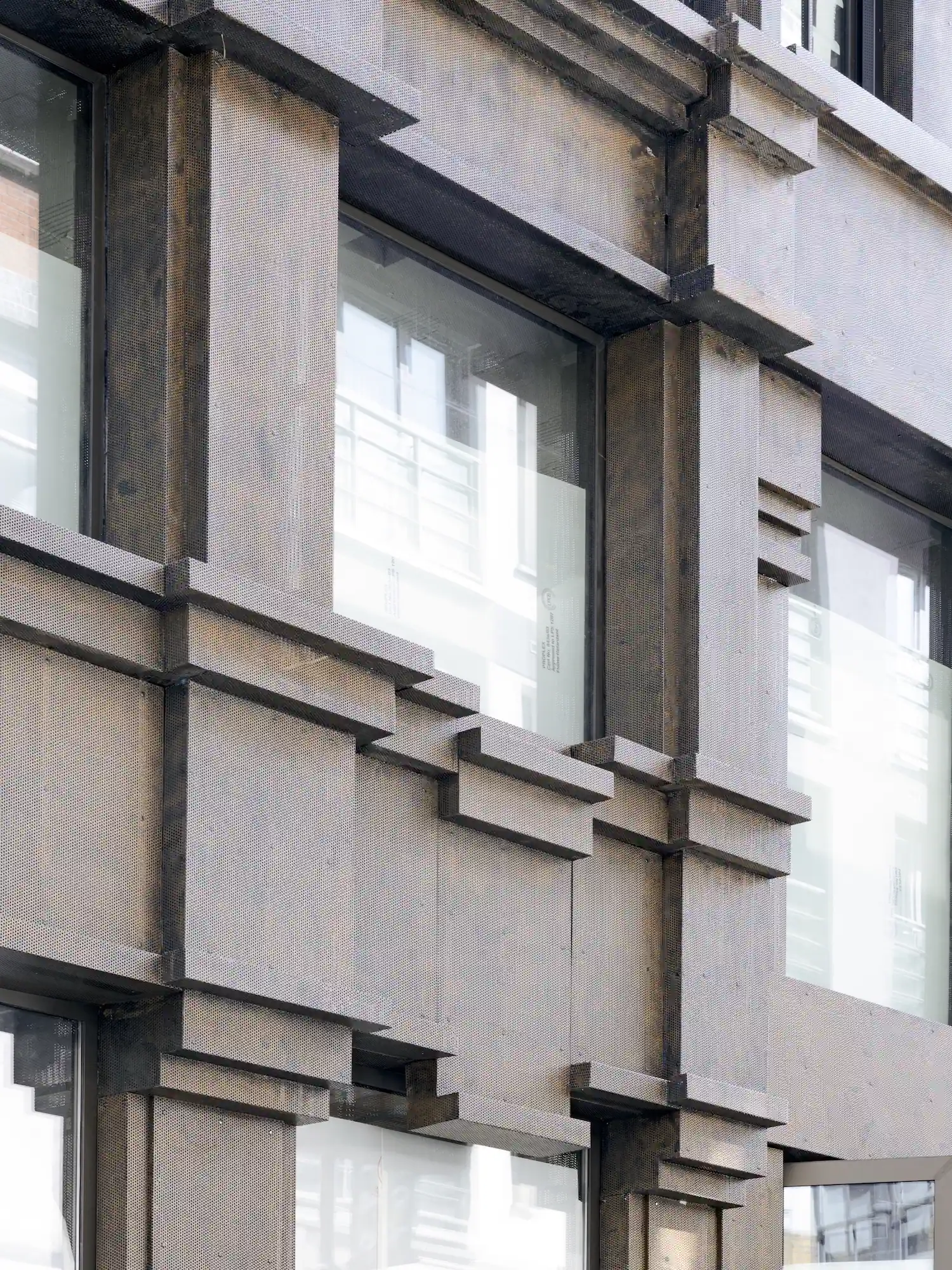
2
Detail of aluminum mesh “ghost veil.” (1,2). Photos © Timothy Soar
The majority of the 1960s building—the superstructure, including roof, outer envelope, and basement slabs—was retained. But behind the building, the architects were permitted to add a new cross-laminated timber/glulam structure that extended the envelope 26 feet southward to the boundary of the building that previously stood on the site, as well as upward by 26 feet, doubling the rentable area to 26,000 square feet. New windows were inserted, and a layer of insulation was added to the exterior of the brick walls and to the new wooden extension. Originally, Seaforth had intended for the ground floor to be leasable as restaurant space, separate from the office spaces above. However, the first tenant—a wealth management company—has taken the entire building, using the restaurant space for their own hospitality rooms.
Despite the clever calculations to extend the interior floor space, it’s the exterior of the building that is the most striking aspect of 8 Bleeding Heart Yard. The building is covered in an aluminum mesh that mimics the stone pediments and lintels of the not-so-distant past. The panels are 4 feet wide and are fixed to roughly 85 vertical rails that hold them at varying distances from the insulation—anywhere between 8 and 30 inches.
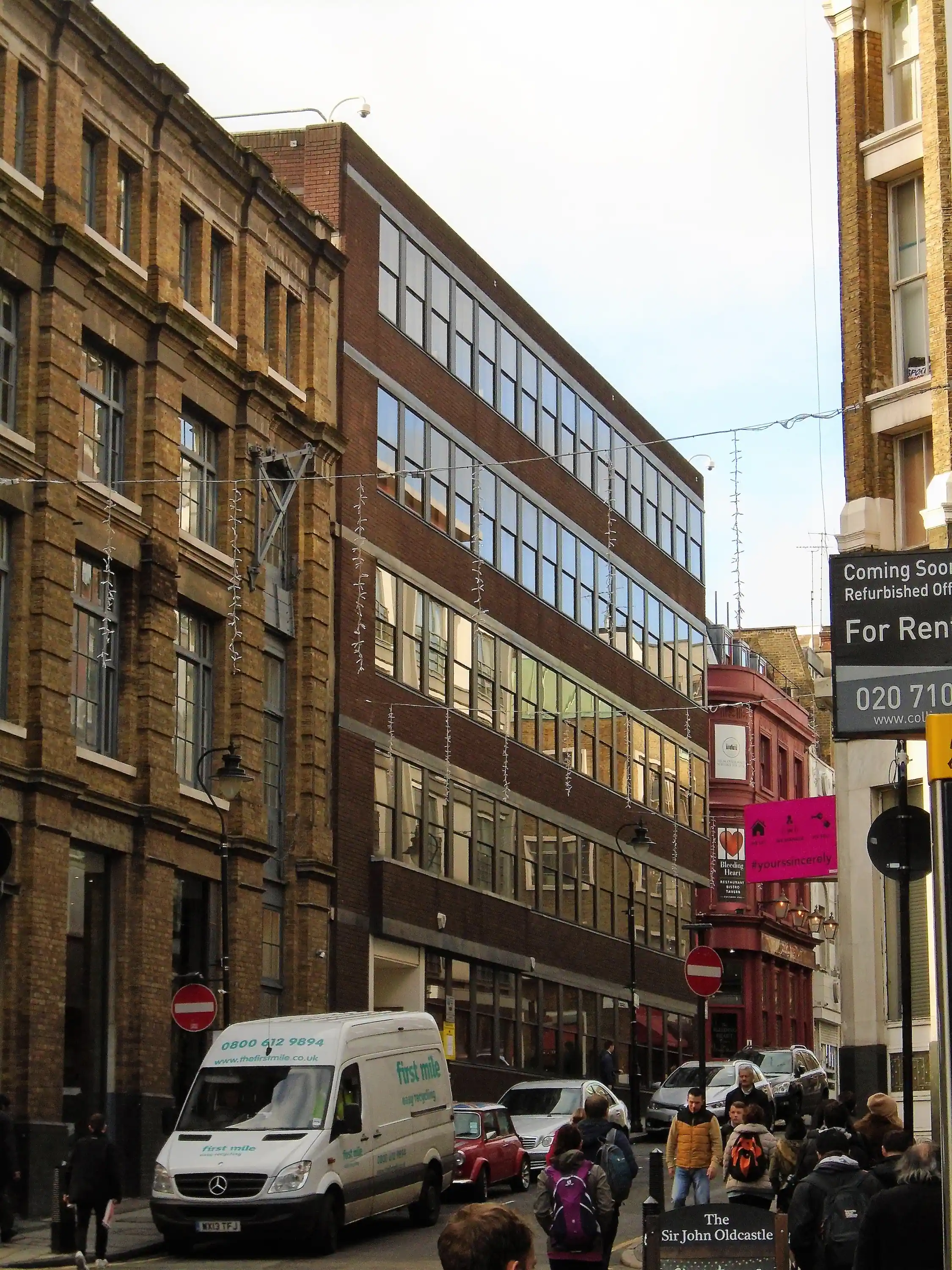
3
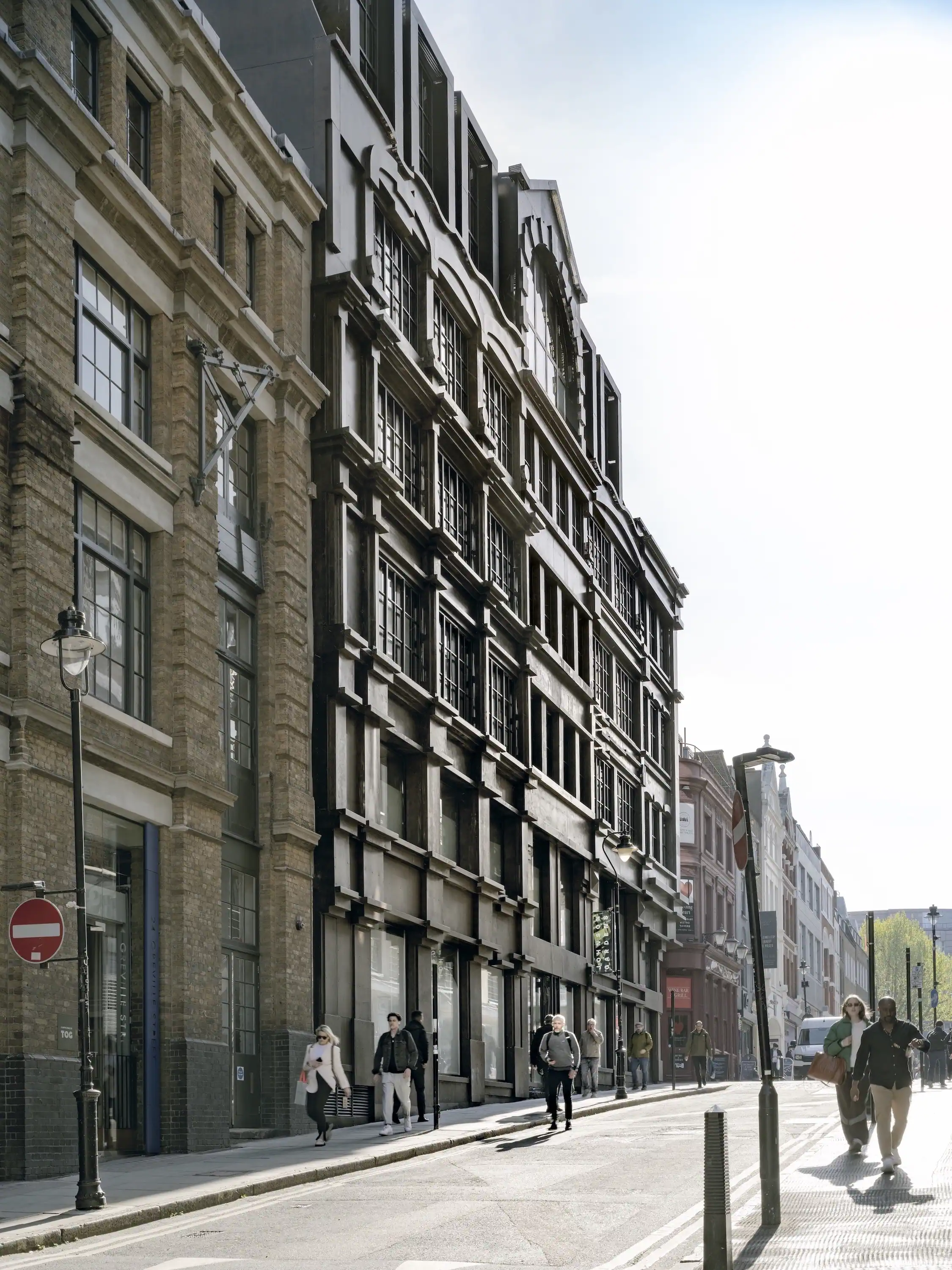
4
Before (3) and after (4) photos of the office building following its renovation and expansion. Photos courtesy Groupwork (3), © Timothy Soar (4)
The ghostly scrim acts as a veil, allowing passersby to appreciate the presence of the postwar facade—still intact—behind it. In recreating the past, key details have been intentionally altered. Look closer at the screen from the street and one of the leading pilasters on a dormer is apparently missing. There’s a broken entablature too. Groupwork has built wry takes on contextualist planning before. In 2019, the firm designed a mixed-use, terra-cotta-colored concrete corner block that was closely modeled on a building destroyed during the Second World War—but their version included contemporary fenestration that interrupted the historical facade, reflecting the modern-day floor levels within.
Both buildings may have only been made possible by the belief held by many planning authorities that a historical building is inevitably better than a new one. But 8 Bleeding Heart Yard, as well as being a striking piece of architecture in its own right, is a playful critique of that position too.
Editor’s note: An abbreviated version of this article appeared as the featured Snapshot in the February 2024 issue of Architectural Record.



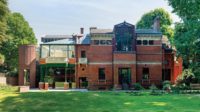
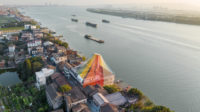
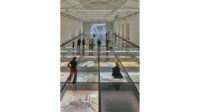
Post a comment to this article
Report Abusive Comment